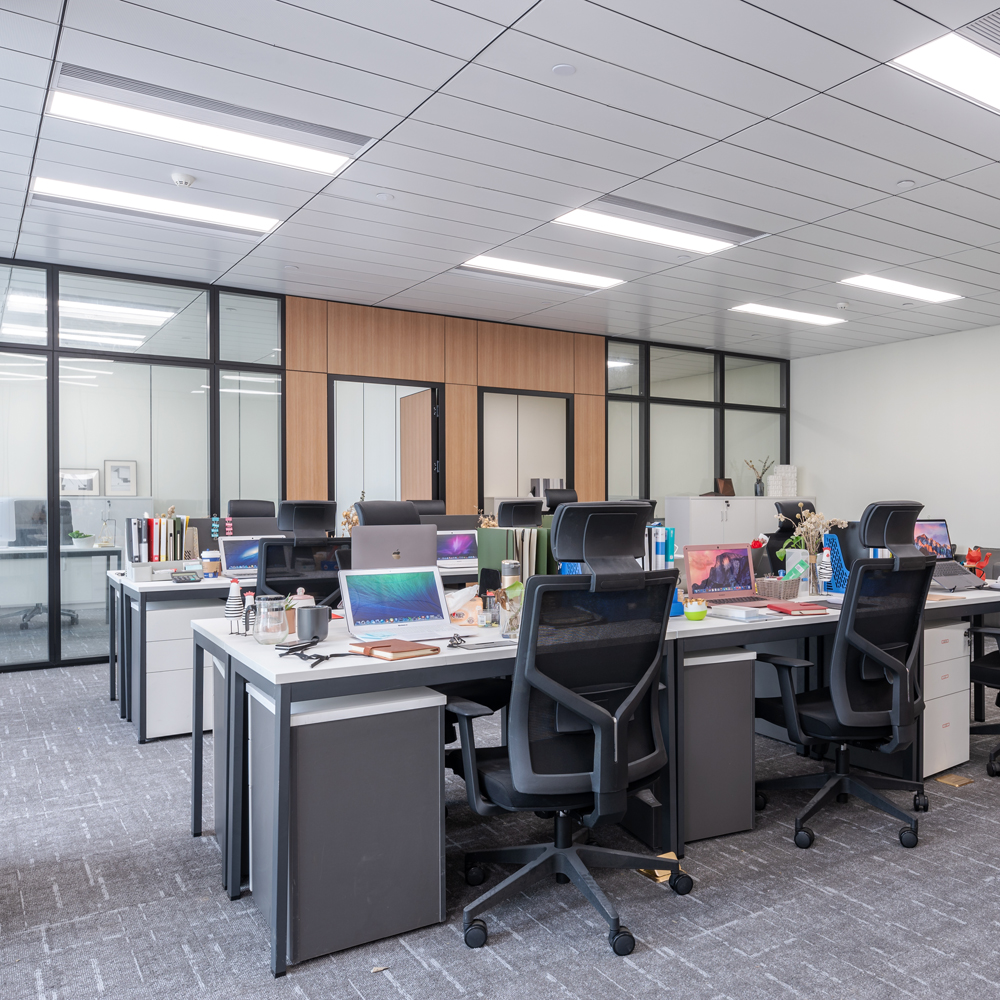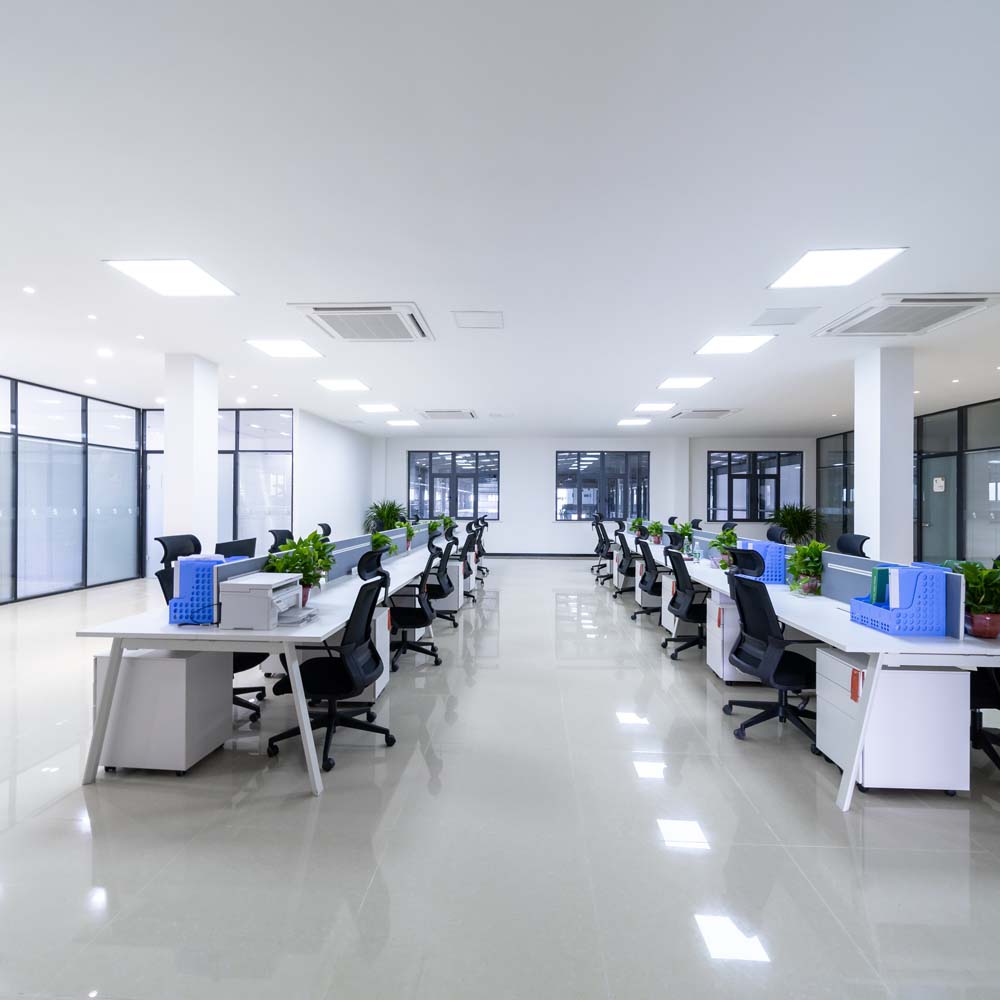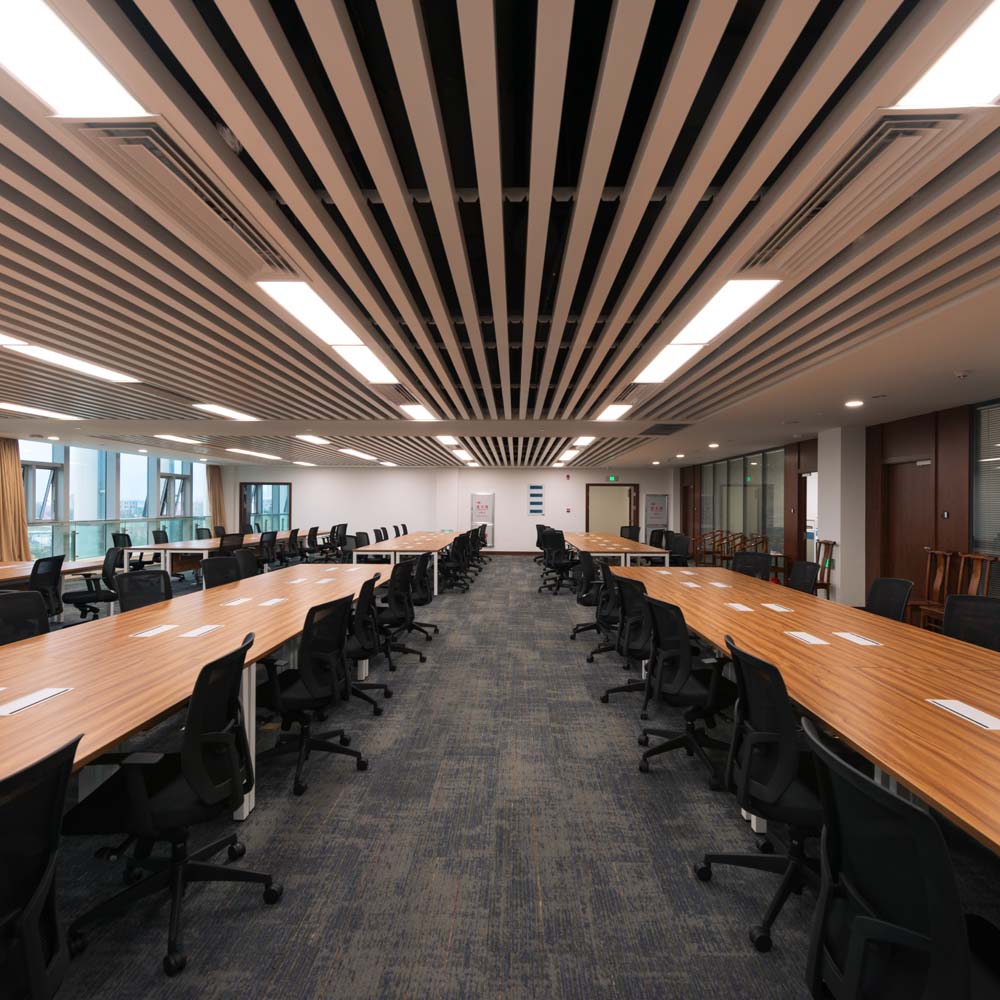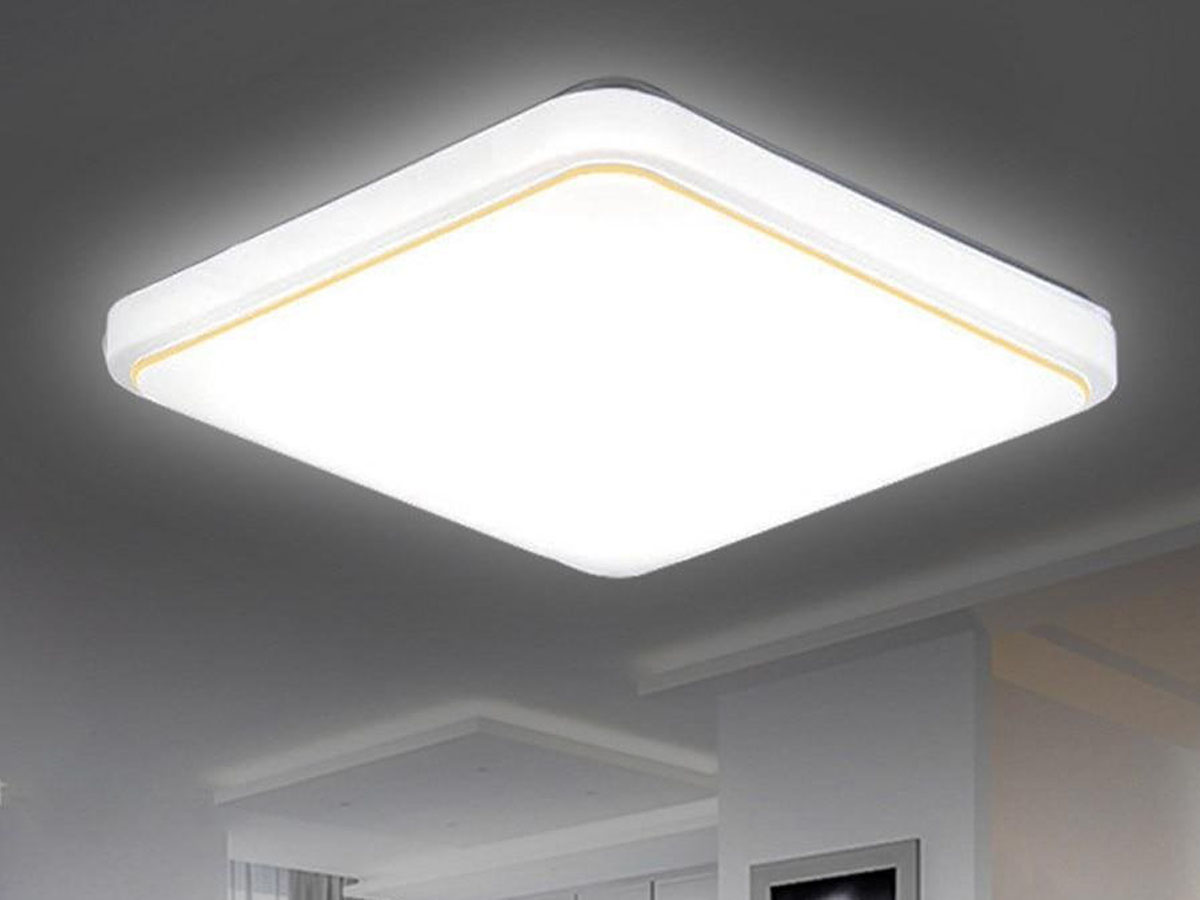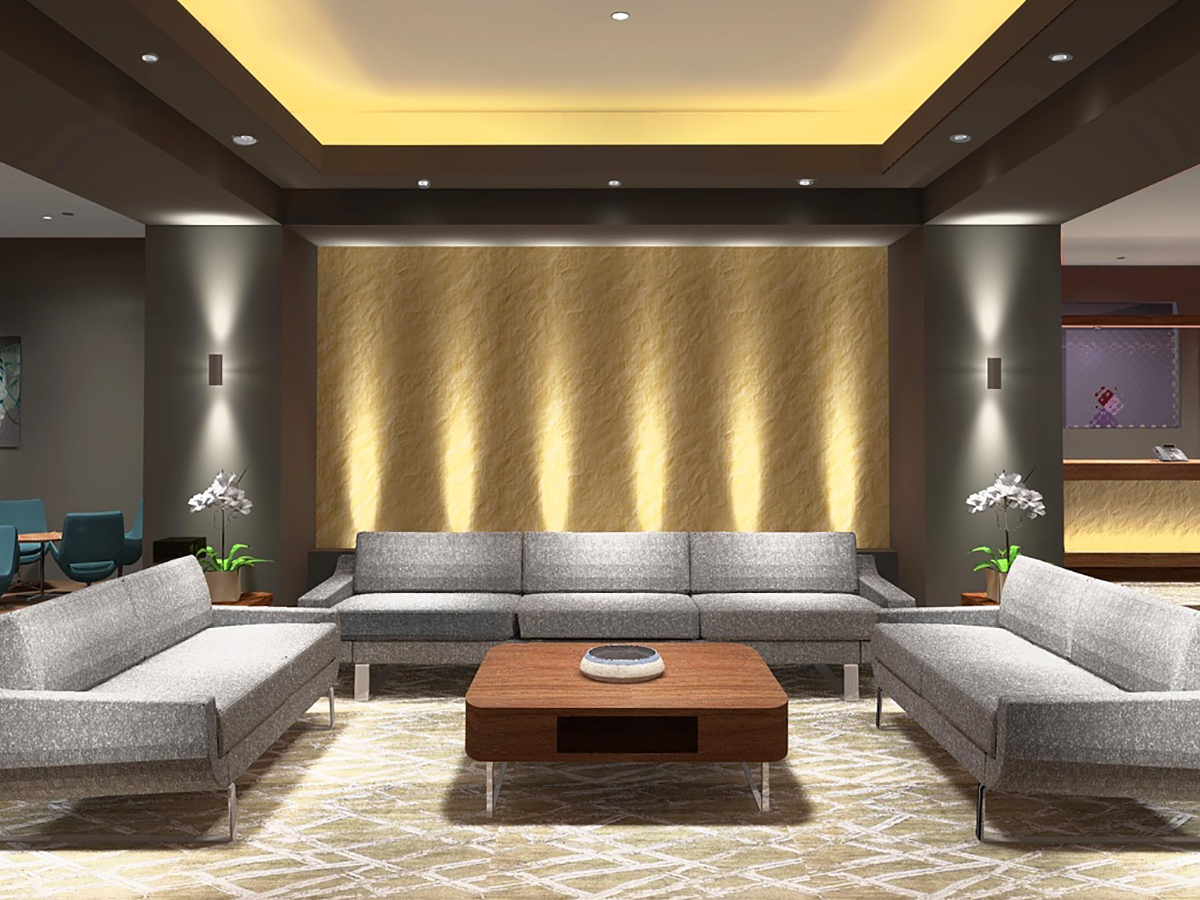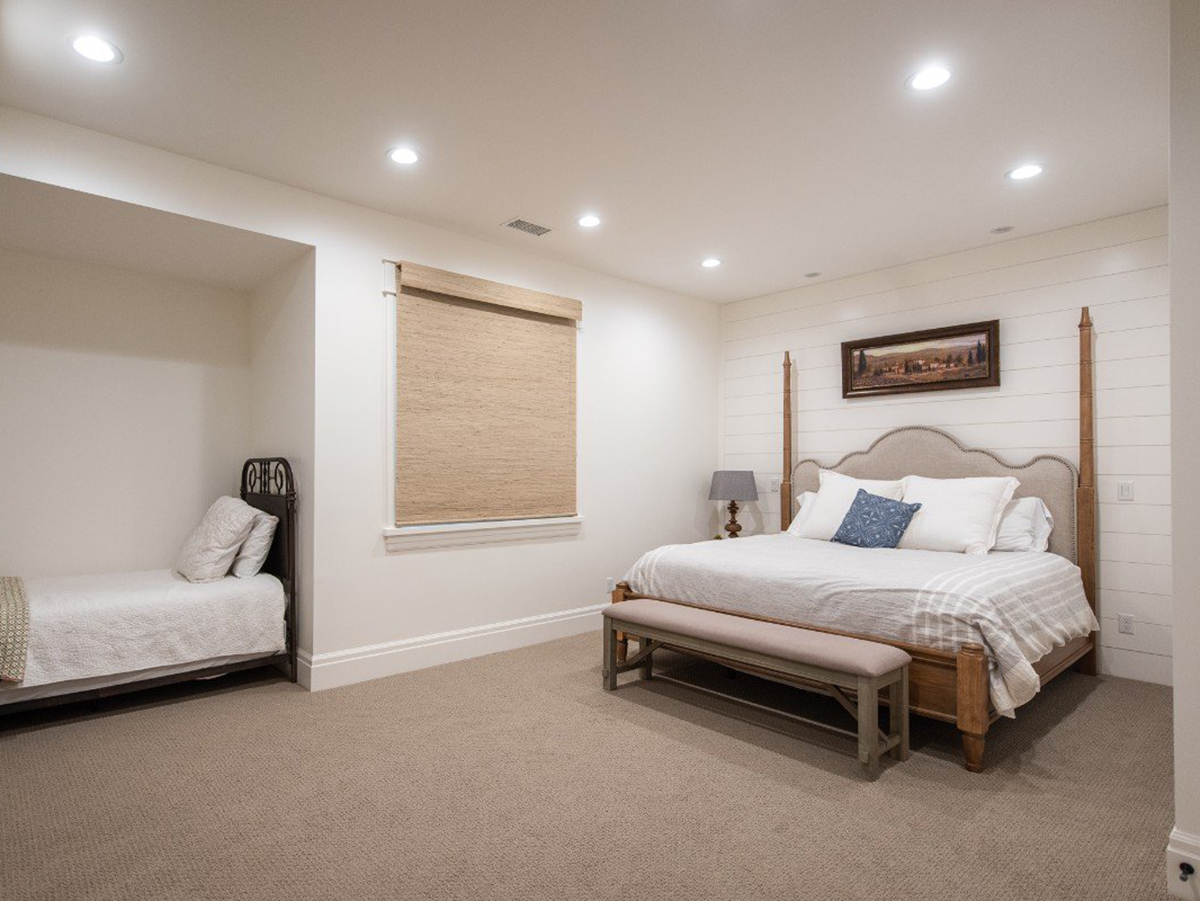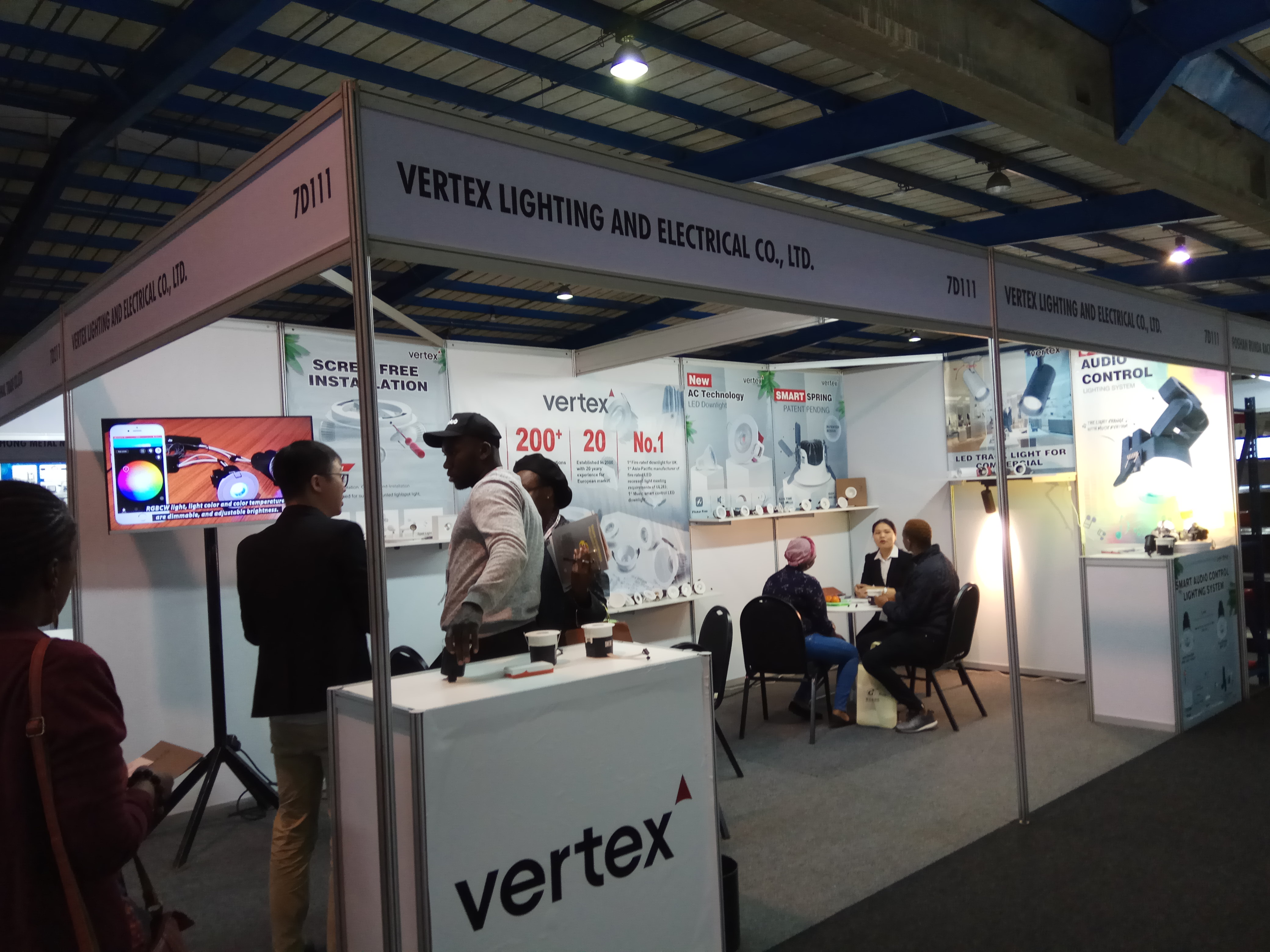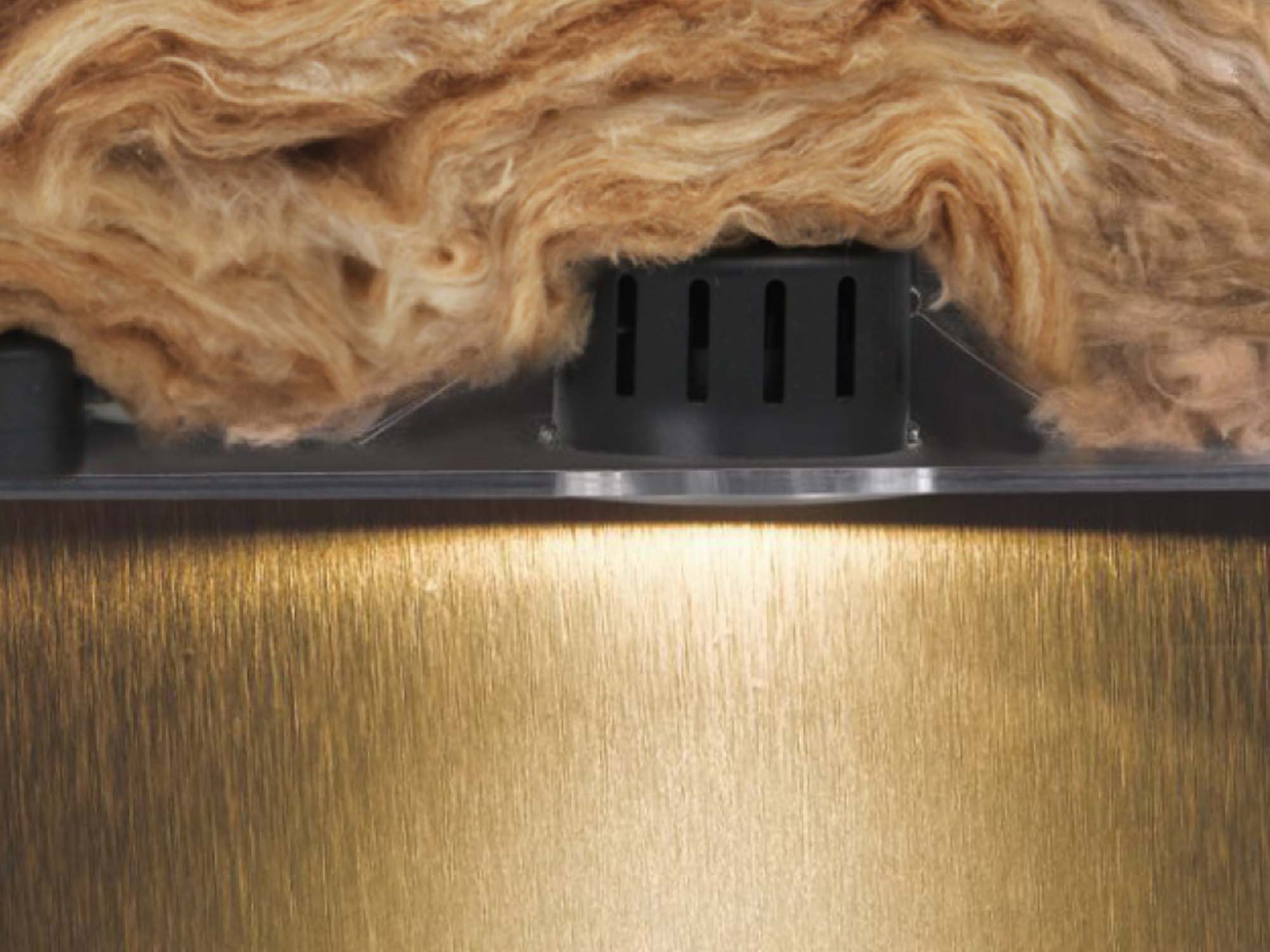Att välja de bästa LED-panellamporna för ditt utrymme innebär en noggrann övervägande av olika faktorer för att säkerställa optimal belysningsprestanda, energieffektivitet och estetisk tilltalande. Den här guiden går igenom de viktigaste sakerna att tänka på när du väljer LED-panellampor, så att du kan fatta ett välgrundat beslut.
Förstå LED-panelljus
Vad är LED-panellampor?
LED-panellampor är en modern belysningslösning utformad för att ersätta traditionella lysrörstaklampor.
De är kända för sin eleganta design, energieffektivitet och förmåga att ge jämn ljusfördelning. Dessa lampor används i stor utsträckning i kommersiella, kontors-, utbildnings- och hemmiljöer.
Fördelar med LED-panelljus
Energieffektivitet: LED-panellampor förbrukar betydligt mindre ström jämfört med traditionella belysningslösningar, vilket minskar energiräkningen med upp till 80 %.
Lång livslängd: De har en lång livslängd, ofta uppskattad till upp till 50 000 timmar eller mer, vilket minimerar underhålls- och utbyteskostnader.
Enhetlig ljusfördelning: LED-paneler ger jämn belysning, minskar bländning och skapar en bekväm miljö.
Dimbarhet: Många LED-paneler erbjuder dimbara alternativ, så att du kan justera ljusstyrkan efter dina behov.
Färgtemperaturalternativ: De finns i olika färgtemperaturer, vilket gör dem lämpliga för olika inställningar och stämningar.
Viktiga faktorer att tänka på
Energieffektivitet
Energieffektivitet är en primär anledning till att välja LED-panellampor. Leta efter paneler med ett högt lumen-per-watt-förhållande, vilket indikerar hur mycket ljus som produceras per förbrukad energienhet. Högre utväxlingar betyder effektivare belysning.
Livslängd
Livslängden för LED-panellampor är avgörande, särskilt för installationer i svåråtkomliga områden. Välj paneler med en livslängd på minst 50 000 timmar. Kontrollera dessutom efter kvalitetscertifieringar som UL, CE och RoHS för att säkerställa hållbarhet och överensstämmelse med industristandarder.
Ljusstyrka (lumen)
Ljusstyrkan mäts i lumen. Högre lumenvärden indikerar starkare ljus. Jämför lumeneffekten för olika paneler i samma effektområde för att se vilken som ger bäst ljusstyrka för din miljö.
Färgtemperatur
Färgtemperatur, mätt i Kelvin (K), påverkar atmosfären i ett utrymme. Varmare toner (2700K – 3000K) skapar en mysig atmosfär, medan kallare toner (4000K – 6500K) är idealiska för arbetsplatser. Vissa LED-paneler erbjuder justerbara färgtemperaturer, vilket ger flexibilitet för olika inställningar.
Dimbarhet
Dimbara LED-paneler låter dig styra ljusintensiteten, vilket gör dem lämpliga för multifunktionella utrymmen. Kontrollera dimningsområdet (t.ex. 0-100%) och se till att du är kompatibel med dina dimmerbrytare.
Färgåtergivningsindex (CRI)
CRI mäter en ljuskällas förmåga att avslöja objekts sanna färger. En högre CRI (över 80) är idealisk på platser som kräver färgåtergivning, såsom butiker och konststudior.
Installationstyp
LED-panellampor kan installeras på olika sätt, inklusive infällda, ytmonterade eller upphängda. Välj den installationstyp som bäst passar din takstruktur och estetiska preferenser.
Storlek och form
LED-paneler finns i olika storlekar (t.ex. 1x4, 2x2, 2x4) och former (fyrkantiga, rektangulära).
Välj storlek och form som passar ditt takgaller och ge tillräcklig täckning för ditt utrymme. Nödbackup
Överväg LED-paneler med en nödbackupfunktion för kritiska områden som sjukhus och skolor. Detta möjliggör kontinuerlig belysning under strömavbrott, vilket förbättrar säkerheten och pålitligheten.
Garanti
En omfattande garanti som täcker både produkten och dess prestanda är avgörande. Det ger garanti för kvalitet och tillförlitlighet och skyddar din investering.
Slutsats
Att välja de bästa LED-panellamporna för ditt utrymme innebär en grundlig bedömning av dina belysningsbehov, med hänsyn till faktorer som energieffektivitet, ljusstyrka, färgtemperatur och installationstyp. Genom att undvika vanliga misstag och välja högkvalitativa LED-paneler kan du förbättra atmosfären, funktionaliteten och energieffektiviteten i ditt rum.
